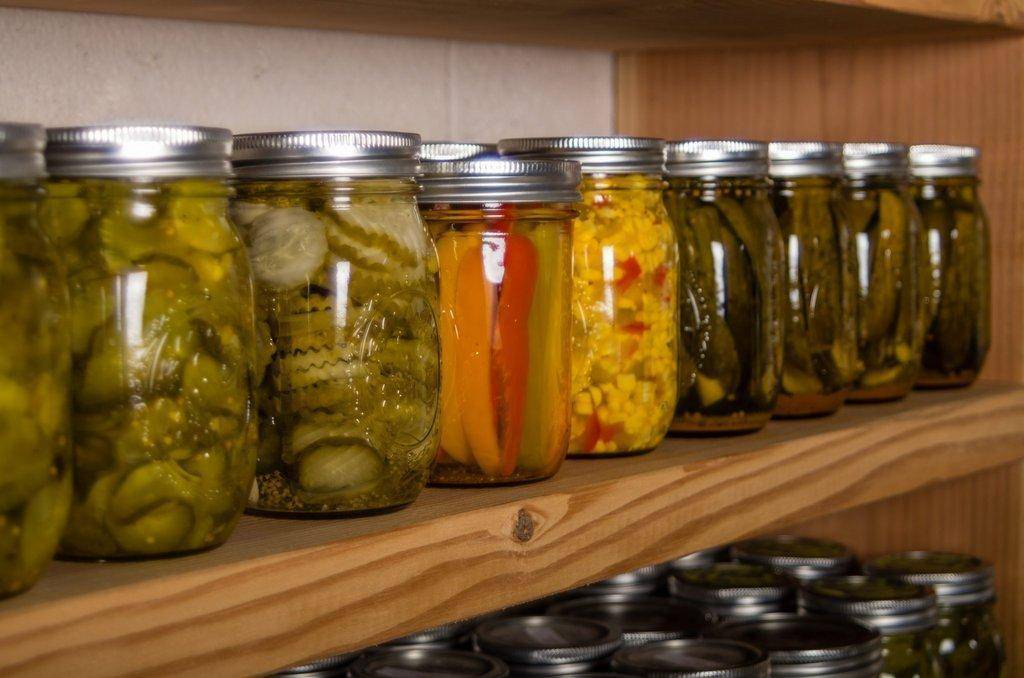By Kathleen Riggs
Not only did 2020 have a negative impact on small businesses, employment and school schedules, it also had a negative effect on home food preservation supplies. This was due to the sharp increase in people wanting to become more self-reliant, combined with manufacturing plants that either completely shut down or operated with a significantly reduced workforce.
From the consumer standpoint, there were at least four major challenges related to home food preservation equipment and supplies. Below are updates and safety guidelines.
1 – Canning jars and lids – Demand for canning jars and screw-on rings was much higher than supply last year. This year, they should be more available at big box stores, supermarkets and hardware/agricultural businesses. Remember to purchase approved brands that will withstand the high temperatures needed for water bath and steam pressure canning.
Finding new canning lids, however, continues to be a challenge this year. The following statement was issued by the manufacturer of Ball® and Kerr® products: Ball® brand home canning products are currently only sold through authorized third-party retailers, and not our website, FreshPreserving.com, or the Ball corporation site, Ball.com. For your convenience, we’ve included a select list of authorized retailers who are currently carrying genuine Ball® brand home canning products. When purchasing online, use caution if the product is sold or shipped by another entity other than the authorized retailer.
A list of retailers can be found at https://www.freshpreserving.com/where-buy.html. You can also contact your local USU Extension office for more information.
2- Reusing lids – Resist the urge to reuse single-use lids. It is impossible to recreate the same strength as the original seal once the sealing compound has been softened. Lids marketed as reusable do not have a high success rate for creating a strong seal, and they are not recommended for pressure canning.
3- Price gouging and knock-offs – Prices for online purchases vary greatly, so be sure to do your homework and shop around. One online search found a retailer selling canning lids at a reasonable $2.99/dozen, but another was charging nearly four times that amount.
Last fall, many disappointed online shoppers ended up with mislabeled boxes and oddly shaped lids, even though the label said it was a recommended brand. If you received and used such lids, some of them may have created a strong seal, but then buckled. If the lid obtained a strong seal where it cannot be opened without the use of a can opener, the food should still be safe to consume.
4- Food preservation equipment and parts – Last year, it was nearly impossible to find new canners or replacement parts. Of those found online, prices were much higher than before the pandemic. A challenge this year, similar to last year, is that many stores carry regular mouth lids, but no other sizes. However, as the economy stabilizes, consumers should see availability and affordable prices for canning equipment and supplies return.
Though the news isn’t all positive, progress is being made, and hopefully the availability of sought-after supplies will improve as harvest time nears.

